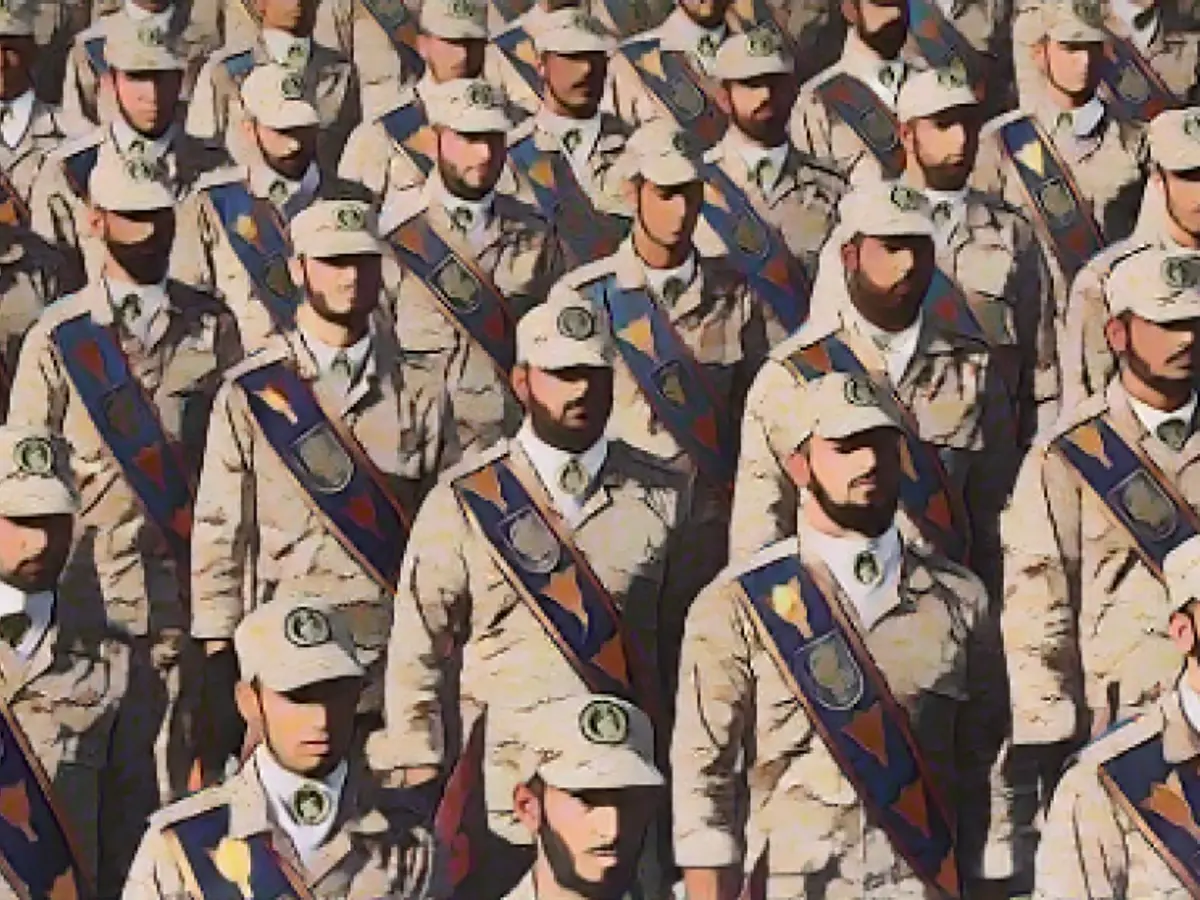Title: Iran's Covert War: Proxy Militias and the Middle East Struggle
A Terrorist's Best Friend: Tehran's Global Network
All routes of conflict point towards Tehran.
Iran's adversaries are not solely confined to its borders; Hamas in Gaza, Hezbollah in the Lebanese north, and the Yemeni Houthi rebels, who strike at US vessels and Israel, are some of its international enemies. Eran Lahav, a terrorism expert at the Israel Defense and Security Forum, warns about Iran's encirclement tactics against Israel, whose proxies extend across the Middle East.
The Ring of Iron: Iran's Ambitious Strategy
In the Israeli expert's words, "Let's consider Israel's map. We see Hamas in the south in Gaza and in the west in Judea and Samaria. We find Hezbollah in the north in Lebanon. The Houthi rebels may be located far away, but they still represent another front alongside Israel. We must not overlook the Shiite militias in Iraq, which are controlled by Iran and can act against supporters of Israel," Lahav explains.
The ultimate goal is to build a stranglehold around Israel, with the purpose of suffocating it from multiple fronts. This approach allows Iran to exhaust the Jewish state's military by overloading it with too many fronts, making it impossible to defend itself everywhere alike.
Beyond Soldiers: Iran's Proxy Warfare
Bloody Hands, Clean Conscience
Iran shrewdly avoids sending its soldiers directly into combat against its enemies; instead, it allows its proxies to do the fighting for it. In the Israeli expert's view, Iran is a particularly dangerous adversary precisely for this reason. The Islamic republic capitalizes on its geographical advantage and finances terror organizations in various countries to create a buffer zone between itself and its enemies. "Israel has a border with Iran, but Iran does not share a border with Israel," Lahav declares.
By employing militias in countries such as Lebanon, Gaza, Yemen, and Iraq, Iran achieves its strategic goals without risking its own military or drawing direct retaliation. The Houthi rebels in Yemen, Hezbollah in Lebanon, and Hamas in Gaza are considered mere tools to advance Iran's ideology and objectives in the Middle East.
A Common Purpose: Iran's Proxy Militias
学者Lahav argues that the terrorists – whether Hamas, Houthis, or Hezbollah – are merely the instruments used by Iran to achieve Shiite hegemony in the Middle East. They may contribute to inflicting damage or pressure on enemies, but the ultimate goal is to spread Iran's influence across the region.
Iranian-controlled militias serve as a means to assert ideological dominance, counter Western, Saudi, and Israeli influences, and establish a Shia Crescent in the Middle East. In summary, Iran's proxy strategy is multifaceted and complex, encompassing not only military efforts but also ideological and financial support, with the ultimate objective of gaining regional supremacy.
Informal, approachable, and straightforward, the revised article maintains its original objective while blending relevant Enrichment Data and reorganizing the content for improved readability.







